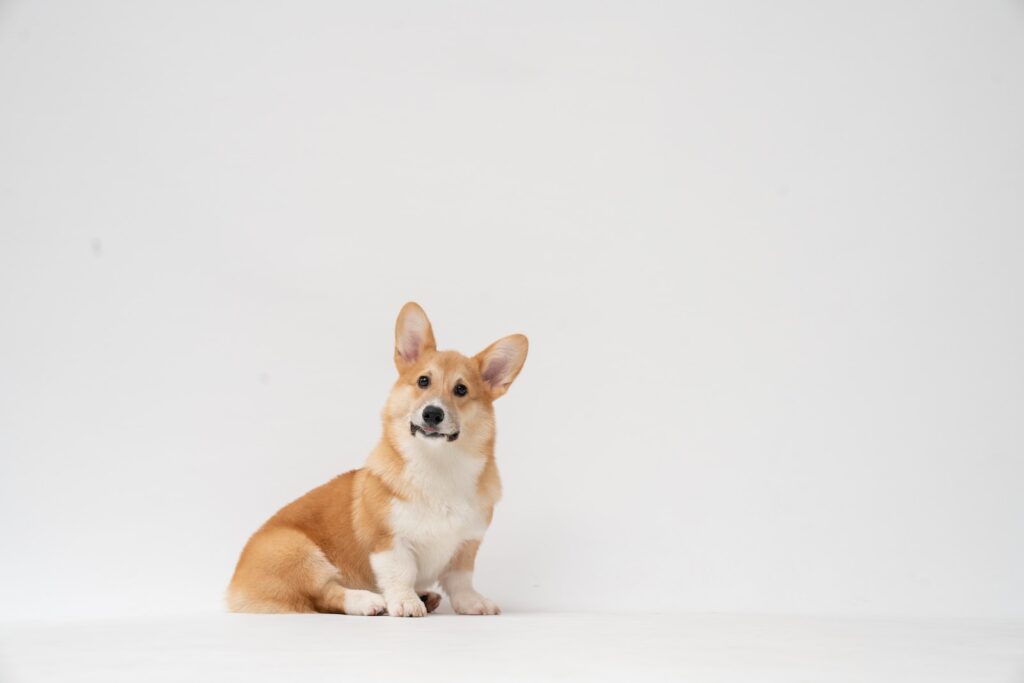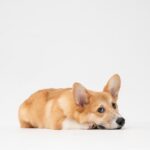Can Dogs Eat Squash? — Yes, They can
Squash is generally safe for dogs to eat, and can even provide them with some health benefits. However, it’s important to feed squash to your dog in moderation and prepare it properly. Here’s what you need to know about feeding squash to your furry friend.
Can Puppies Eat Squash?
Yes, puppies can eat squash as well. However, due to their developing digestive system, it’s crucial to introduce new foods slowly and in small amounts to avoid any potential stomach upset. Always consult with your veterinarian before adding squash to your puppy’s diet.
Things to consider when feeding squash to puppies?
When feeding squash to puppies, it’s essential to cook it thoroughly to make it easier for them to digest. Additionally, ensure that the squash is cut into small, bite-sized pieces to prevent any choking hazards.
Nutritional Benefits of Squash for Dogs — Why Squash is good for Dogs?
1. High in Fiber
Squash is rich in dietary fiber, which aids in digestion and helps regulate bowel movements in dogs. It can be beneficial for dogs struggling with constipation or irregular bowel movements.
2. Packed with Vitamins and Minerals
Squash contains essential vitamins and minerals such as vitamin A, vitamin C, and potassium. These nutrients contribute to overall canine health, including a strong immune system and healthy coat.
3. Low in Calories
Squash is a low-calorie food, making it a suitable option for dogs that need to maintain a healthy weight or are on a weight loss program. It can provide them with a nutritious snack without adding excessive calories to their diet.
4. Hydration Support
Squash has a high water content, which can assist in keeping your dog hydrated, especially during hotter months or if your dog tends to have a less-than-enthusiastic water intake. However, remember that squash should not replace regular water consumption for dogs.
5. Antioxidant Properties
Squash contains antioxidants that help combat oxidative stress and protect your dog’s cells from damage. This can contribute to their overall health and well-being.
Potential Allergies: Can Dogs Be Allergic to Squash?
Although rare, some dogs can develop allergies or sensitivities to squash. It’s essential to monitor your dog for any signs of an adverse reaction after consuming squash for the first time. If you notice symptoms such as itching, vomiting, or diarrhea, discontinue feeding squash and consult your veterinarian.
Symptoms of Squash Allergies in Dogs
- Itching and Skin Irritation: Your dog may experience itching, redness, or rashes on their skin.
- Gastrointestinal Upset: Digestive issues such as vomiting or diarrhea may occur after consuming squash.
- Respiratory Distress: In rare cases, dogs with severe allergies may exhibit breathing difficulties or coughing.
What to Do If Your Dog Shows Symptoms?
- Stop Feeding Squash: Immediately halt the consumption of squash and observe your dog’s condition.
- Consult Your Veterinarian: If the symptoms persist or worsen, seek professional veterinary advice for proper diagnosis and treatment.
- Alternative Food Options: Discuss with your veterinarian about replacing squash with other safe and suitable options for your dog’s diet.
Recommended Amount: How Much Squash Can a Dog Consume?
When feeding squash to your dog, it’s crucial to do so in moderation. A good guideline is to offer it as a small part of their overall balanced diet. Generally, the amount of squash should not exceed 10% of your dog’s daily food intake. It’s always best to consult with your veterinarian to determine the appropriate quantity based on your dog’s specific needs.
Things to Consider When Feeding Squash to Dogs
Here are a few things to keep in mind when feeding squash to your furry companion:
- Always remove the seeds and skin, as they can be difficult to digest and may pose a choking hazard.
- Opt for cooked squash over raw, as it is easier for dogs to digest and extract nutrients from.
- Introduce squash gradually into your dog’s diet to monitor their tolerance and prevent any adverse reactions.
- If you’re unsure about feeding squash to your dog or need more specific guidance, consult with your veterinarian.
How to Feed Squash to Dogs: A Quick Guide
Feeding squash to your dog can be a delightful and nutritious addition to their meals. Here’s a quick guide on how to prepare squash for your furry friend:
Simple Steamed Squash
1. Wash and peel the squash, removing the seeds and skin.
2. Cut the squash into small, bite-sized pieces.
3. Steam the squash until it becomes tender and easily mashable.
4. Allow the squash to cool before serving it to your dog.
Squash Stew
1. Wash, peel, and dice the squash, removing the seeds and skin.
2. In a pot, combine the diced squash with lean, cooked protein such as chicken or turkey.
3. Add a small amount of water or low-sodium broth and simmer until the squash and protein are cooked thoroughly.
4. Let the stew cool before portioning it into your dog’s meals.
Baked Squash Treats
1. Preheat your oven to 350°F (175°C).
2. Wash and peel the squash, removing the seeds and skin.
3. Cut the squash into small cubes or slices.
4. Arrange the squash pieces on a baking sheet and bake for approximately 20–25 minutes or until they become tender.
5. Allow the baked squash to cool before giving them to your dog as a tasty treat.
Conclusion
Squash can be a healthy and safe addition to your dog’s diet when it is prepared and fed in moderation. It provides various nutritional benefits, including fiber, vitamins, and minerals. However, it’s important to monitor your dog for any signs of allergies or digestive issues after introducing squash. Remember to consult with your veterinarian before making any significant changes to your dog’s diet and to ensure their overall well-being.






